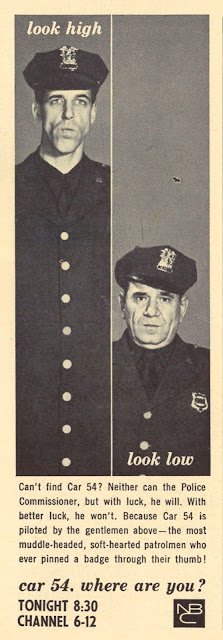Curtain Call For Silent Clowns
Mack Swain and Chester Conklin are Cleaning Up (1930)
Twilight teaming for old-timers Mack Swain and Chester Conklin as heroic-in-spite-of-themselves street sweepers, their outdoor talk mostly post-dubbed amidst action shot silent as in Keystone yore of both. I say "old-timers" and then remind myself that these boys (wrong again, both were at least middle-aged here) had been screen clowning for roughly fifteen years when this subject came out, but what change sound had wrought, enough to make Mack and Chester seem like dinosaurs. Both were doing good character/comedy work as silents gave way to talk, Swain supporting Mary Pickford, Barrymore, Jack Gilbert, a royal court of screen partners, while Conklin had starred with W.C. Fields in a brace of features for Paramount release (all currently missing). Cleaning Up is a talking update of Easy Street, beat cops Mack and

























































